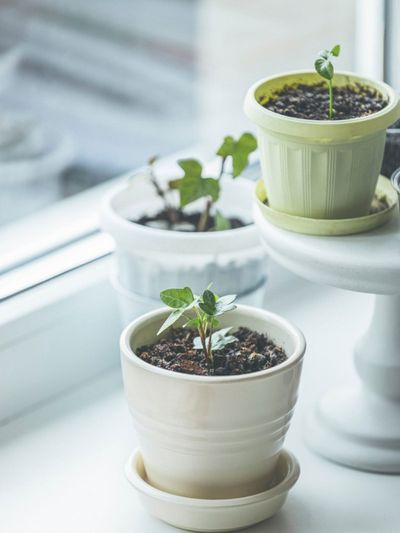Ivy Plant Propagation
Ivy plants have long trailing vines with multiple leaves growing along their lengths. Vines such as these are simple to cut and root, as long as you use the right cutting methods. One vine can be cut into multiple pieces and grown into new plants, turning one plant into a dozen. The secret to rooting ivy vines is in the cutting and care you give them during the rooting process. Propagating English ivy and related species can be accomplished in either water or soil.
How to Propagate Ivy
Cut a length of ivy vine up to 4 feet (1 m.) long. Use a clean pair of shears or a sharp knife. Cut the vine into multiple pieces, with each piece having one or two leaves. Make each cut directly above a leaf, and trim the stem below the leaf to about one inch. Dip the end of each stem in rooting hormone powder. Fill a planter with sand (or a sand/soil mix) and poke holes in the sand for planting. Plant each powdered stem in a hole and then gently push the sand around the stem. Water the sand well and place the planter in a plastic bag to help retain moisture. Open the bag once a week to water when needed to keep it moist. The ivy twigs will begin to sprout and be ready to replant in a permanent location within six to eight weeks. Ivy plants are also easy to root in water. Trim off any bottom leaves and place your cutting in a jar on a well-lit window sill. In a few weeks, you should start to see roots growing in the water. While rooting ivy plants in water is easy, it is always better for the plant when rooted in a solid planting medium, as transplanting water-rooted cuttings to the soil is more difficult and survival rates are lower. Therefore, the best way to root an ivy cutting is in sandy soil rather than water. Note: English ivy is a non-native plant in the US and in many states is considered an invasive species. Check with your local extension office before planting it outdoors.
